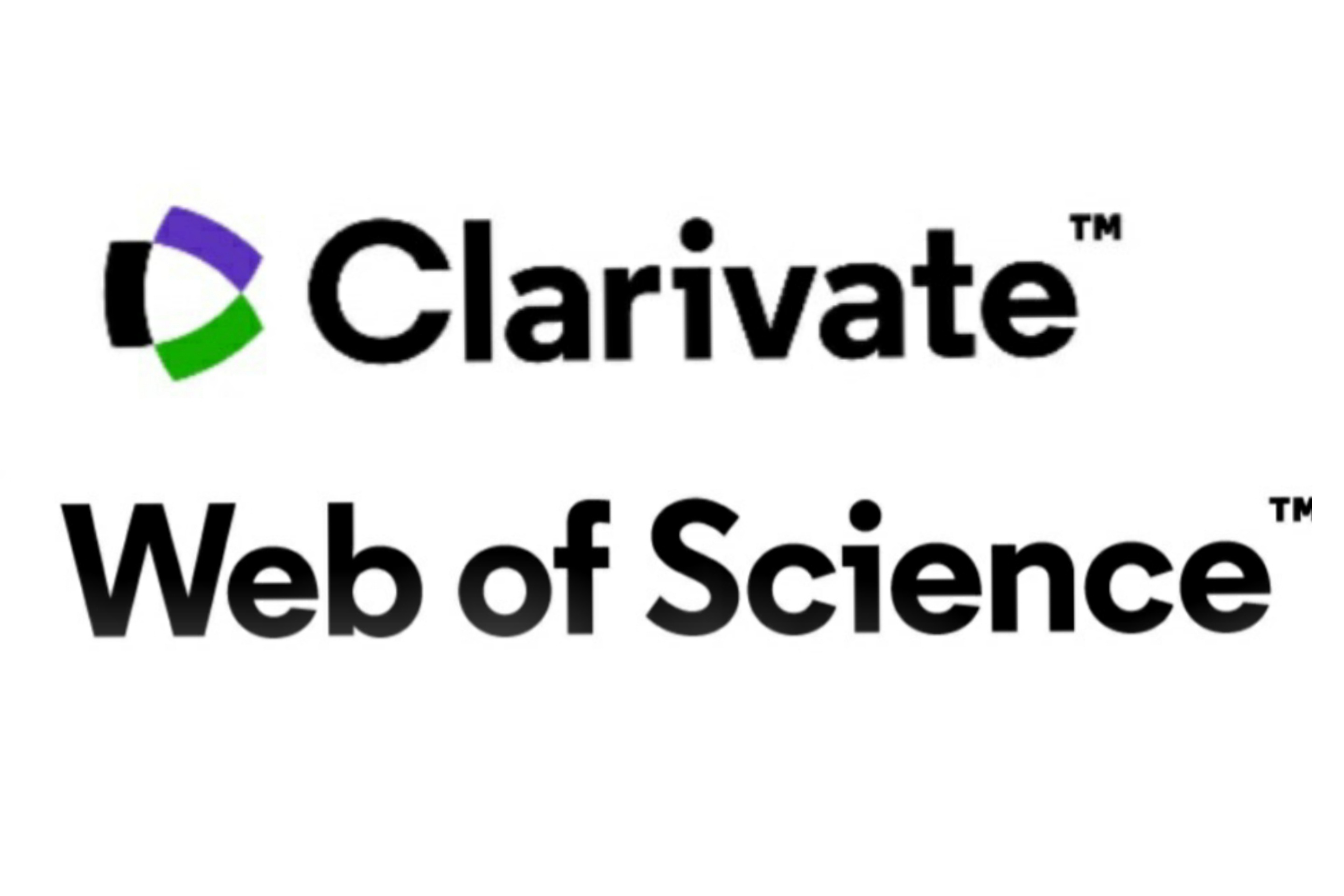Langmuir probe and optical diagnostics of stratified glow discharge in a magnetic field
DOI:
https://doi.org/10.26577/ijmph-2019-i2-8Abstract
The article presents the preliminary results of an experimental study of the characteristics of a DC stratified glow discharge plasma in an external magnetic field. Single Langmuir probe and emissive spectrometer are used as diagnostic tools for the estimation of various plasma parameters. The main plasma parameters, such as electron temperature, density and floating potential were determined from the voltage- current (VI) characteristics of the probe in the stratified glow discharge plasmas for different magnetic field values. Increasing the value of the magnetic field leads to an increase in the concentration of plasma particles and a decrease in the temperature of electrons. Also by the optical emission spectroscopic (OES) method it was found that the intensity of spectral lines of the stratified glow discharge increases with an increase value of magnetic field. A simple interpretation was made to explain our results according to the work of Bickerton&Engel [21].
















